- Home
- Emoji Smirk
Advertisement
Advertisement
Advertisement
Advertisement
Emoji Smirk
Advertisement
Advertisement
Emoji Category
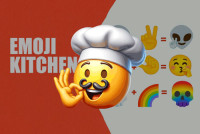
Emoji Kitchen
Kitchen, Symbol
Play

Emoji Among Us
Kitchen
Play

Emoji Rizz
Kitchen
Play
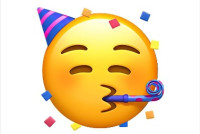
Emoji Party
Kitchen
Play
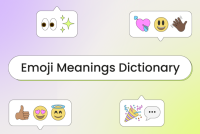
Emoji Meanings
Kitchen, Symbol
Play

Emoji Black Heart
Kitchen
Play

Emoji Cursed
Kitchen
Play

Emoji Chefs Kiss
Kitchen
Play

Emoji Thumbs Down
Kitchen
Play
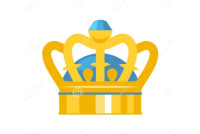
Emoji Crown
Kitchen
Play

Emoji Clap
Kitchen
Play

Emoji Handshake
Kitchen
Play
Introduction Overview of the Emoji Smirk
Emoji Smirk is one of the most recognizable and versatile emojis used in digital communication. With its sly, slightly tilted smile and raised eyebrow, the smirk emoji can convey a range of emotions and intentions, from sarcasm and flirtation to smugness and irony. This introduction provides an overview of the Emoji Smirk, exploring its origins, meanings, and common uses in everyday conversations.
Origins of the Emoji Smirk
The Emoji Smirk was introduced in Unicode 6.0 in 2010 and has since become a staple in the emoji lexicon. Designed to capture a specific and nuanced facial expression, it is characterized by a slight smile with one corner of the mouth raised higher than the other, often accompanied by a raised eyebrow. This design is intended to convey a sense of slyness, confidence, or playful teasing.
Meanings of the Emoji Smirk
The Emoji Smirk can have multiple interpretations depending on the context in which it is used. Here are some of the most common meanings:
1. Sarcasm
One of the primary uses of the smirk emoji is to indicate sarcasm. When paired with a sarcastic remark, the smirk can help convey the speaker's ironic or mocking tone, adding a layer of meaning that might be lost in plain text.
2. Flirtation
The smirk emoji is also frequently used in flirtatious messages. Its playful and suggestive expression can imply romantic or sexual interest, making it a popular choice in conversations with a flirty undertone.
3. Confidence or Self-Assuredness
The Emoji Smirk can denote a sense of confidence or self-assuredness. It is often used to express pride in a witty remark or to signal that the sender is feeling particularly clever or confident about something they’ve said or done.
4. Teasing or Playfulness
This emoji is perfect for playful teasing. It can soften the blow of a teasing comment, making it clear that the remark is meant in good fun rather than as a serious critique.
5. Smugness or Satisfaction
Sometimes, the smirk emoji is used to convey a sense of smug satisfaction. It can indicate that the sender feels pleased with themselves, often in a somewhat boastful or self-satisfied way.
Common Uses of the Emoji Smirk
In Conversations with Friends
Among friends, the smirk emoji is commonly used to add humor, tease, or respond to witty banter. It helps convey a friendly and joking tone, ensuring that playful comments are taken in stride.
In Flirtatious Exchanges
In flirtatious exchanges, the Emoji Smirk adds a layer of suggestiveness and playfulness. It can be used to respond to compliments, flirtatious remarks, or to subtly hint at romantic interest.
In Professional Settings
While less common in professional settings, the smirk emoji can be used to lighten the mood in more informal communications, such as among colleagues who have a friendly rapport. However, its use should be carefully considered to avoid misinterpretation.
On Social Media
On platforms like Twitter, Instagram, and Facebook, the smirk emoji is widely used to accompany witty comments, sarcastic observations, or to add a playful tone to posts and replies. It helps convey the intended tone in the often-ambiguous world of online communication.
In conclusion, the Emoji Smirk is a versatile and expressive tool in digital communication. Its ability to convey sarcasm, flirtation, confidence, playfulness, and smugness makes it a valuable addition to the emoji repertoire. Understanding the various meanings and appropriate contexts for its use can enhance your online interactions and help you communicate more effectively.
Discuss: Emoji Smirk
New Emojis

Traffic Jam 3D
Kitchen
Play
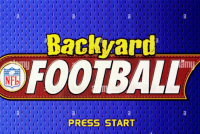
Backyard Football
Symbol
Play

Solar Smash
Kitchen
Play
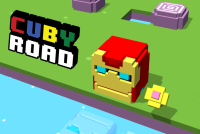
Cuby Road
Symbol
Play

Hill Climb Race
Kitchen
Play

Sledge Rider
Symbol
Play

Your Life Simulator
Kitchen
Play

Slice Master 3D
Kitchen
Play

Jump Up
Symbol
Play

Perfect Hotel
Kitchen
Play

Skiing Fred
Symbol
Play
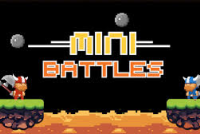
Minibattles
Kitchen
Play
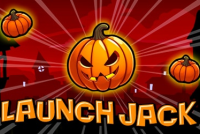
Launch Jack
Symbol
Play
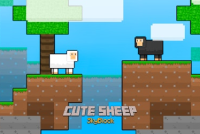
Cute Sheep Skyblock
Kitchen
Play

Snowboard Dash
Play
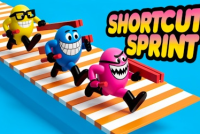
Shortcut Sprint
Play

Gun Shooter
Symbol
Play
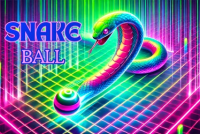
Snake Ball
Kitchen
Play
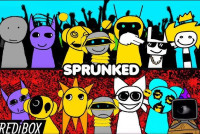
Sprunked
Kitchen
Play
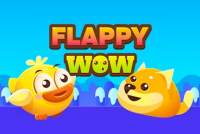
Flappy WOW
Kitchen
Play